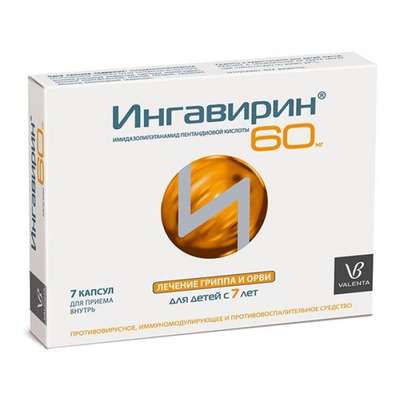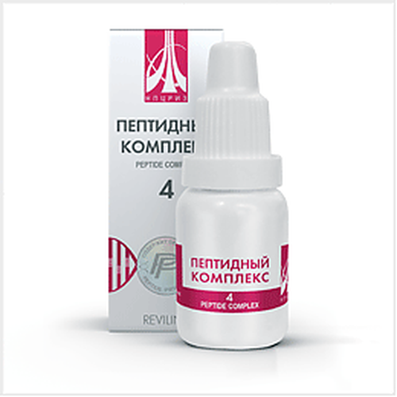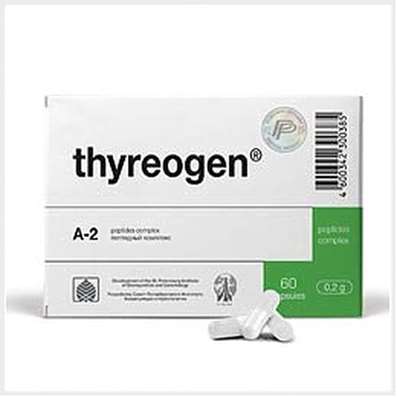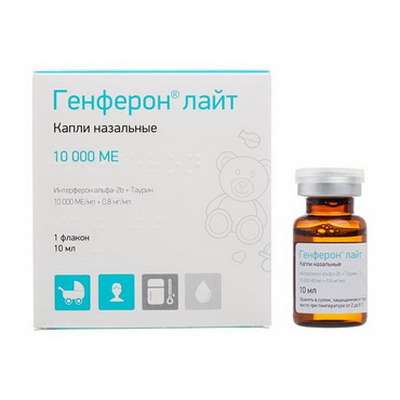Instruction for use: Diapam
I want this, give me price
Dosage form: Tablets
Active substance: Diazepam*
ATX
N05BA01 Diazepam
Pharmacological groups:
Anxiolytics
Antiepileptic drugs
The nosological classification (ICD-10)
F10.3 Abstinence: Alcohol withdrawal syndrome; Abstinence syndrome; Abstinence syndrome with alcoholism; Abstinence; Alcohol abstinence; Alcohol withdrawal status; Alcohol withdrawal syndrome; Postabstinctive disorder; Post-abstinence condition; Hangover syndrome; Abstinence syndrome; Alcohol abstinence syndrome; Alcohol withdrawal syndrome; Abstinence condition
F32 Depressive episode: Adynamic subdepression; Astheno-adynamic subdepressive states; Asthenodepressive disorder; Astheno-depressive disorder; Asthenodepressive state; Astheno-depressive state; Major Depressive Disorder; Vyaloapatichesky depression with retardation; Double depression; Depressive pseudodement; Depressive illness; Depressive mood disorder; Depressive disorder; Depressive mood disorder; Depressive state; Depressive disorders; Depressive syndrome; Depressive syndrome larviated; Depressive syndrome with psychoses; Depressed masks; Depression; Depression Depletion; Depression with the phenomena of inhibition within the framework of cyclothymia; Depression is smiling; Involutional depression; Involutionary melancholy; Involutional depression; Manic-depressive disorder; Masked Depression; Melancholic Attack; Neurotic depression; Neurotic depression; Shallow Depression; Organic depression; Organic depressive syndrome; Simple depression; Simple melancholic syndrome; Psychogenic depression; Reactive depression; Reactive depression with moderate psychopathological symptoms; Reactive depressive states; Reactive depression; Recurrent depression; Seasonal depressive syndrome; Severostatic depression; Senile Depression; Senile Depression; Symptomatic Depression; Somatogenic depression; Cyclotymic depression; Exogenous Depression; Endogenous depression; Endogenous Depressive Conditions; Endogenous Depression; Endogenous depressive syndrome
F40.0 Agoraphobia: Fear of open space; Fear of being in a crowd
F41 Other anxiety disorders: Anxiety status; Anxiety; Chronic alarm; Sense of anxiety; Anxious-hypothetical states; Stopping an alarm; Nonpsychotic anxiety disorders
F44 Dissociative [conversion] disorders: Psychogenic psychosis; Conversion disorder; Dissociative phenomena; Pseudodegmentation; Conversion symptoms
F45 Somatoform disorders: Psychosomatic disorder; Psychosomatic disorders; Psychosomatic diseases; The state of excitement in somatic diseases; Functional psychosomatic disorders of the cardiovascular system
G47.0 Disorders of falling asleep and maintaining sleep [insomnia]: Insomnia; Insomnia, especially difficulty falling asleep; desynchronosis; Prolonged sleep disturbance; Difficulty falling asleep; Short-term and transient insomnia; Short-term and chronic sleep disorders; Short or shallow sleep; Violation of sleep; Disturbed sleep, especially in the phase of falling asleep; Infringements sleep; sleep disturbances; Neurotic sleep disturbance; Shallow superficial sleep; shallow sleep; Poor quality of sleep; Night awakening; sleep Pathology; Postsomnic violation; transient insomnia; Trouble falling asleep; Early awakening; Early morning awakening; Early awakening; sleep disorder; somnipathy; persistent insomnia; difficult to fall asleep; difficulty falling asleep; Difficulty falling asleep in children; persistent insomnia; Worsening sleep; Chronic insomnia; Frequent night and / or early morning awakening; Frequent nocturnal awakening and a sense of the depth of the non-sleep; Night waking
R25.2 Cramp and spasm: Muscle spasms in tetanus; Pain syndrome with smooth muscle spasms; Pain syndrome with smooth muscle spasms (renal and biliary colic, intestinal spasm, dysmenorrhea); Pain syndrome with spasms of smooth muscles of internal organs; Pain syndrome with spasms of smooth muscles of internal organs (renal and biliary colic, intestinal spasm, dysmenorrhea); Painful muscular spasm; Mimic spasms; Muscular spasticity; Muscle spasms; Muscular spasms of central origin; Muscular spasticity; Muscle spasm; Neurological contractures with spasms; Night cramps in the extremities; Nocturnal cramps in the legs; Night cramps calf muscles; Symptomatic convulsive state; Vesta Syndrome; Spasm of smooth muscles; Spasm of smooth vascular musculature; Spasm of muscles; Spasm of striated muscle due to organic diseases of the central nervous system; Skeletal muscle spasms; Spasms of smooth muscles of internal organs; Skeletal Muscle Cramps; Spastic states of striated musculature; Spasmodic pain syndrome; The spastic condition of smooth muscles; Spasticity of skeletal musculature; Muscle cramp; Convulsions; Cramps of the calf muscles; Convulsions of central origin; Convulsive condition; Convulsive Syndrome; Convulsive status in children; Tonic convulsions; Cerebral spasmodic syndrome; clasp knife phenomenon
R45.7 Condition of emotional shock and stress, unspecified: Exposure to stress factors; Exposure to extreme situations; Neuropsychic stresses; Professional stress; Psychoemotional overload and stress; Psychoemotional stress; Stressful condition; Stress; Stress loading; Stressful condition; Stressful situations; Stress of everyday life; Chronic stress; Long-term emotional stress; Psychological stress in air flights; Psychoemotional stress in stressful situations
Composition and release form
1 tablet contains diazepam 5 mg.
Pharmachologic effect
Mode of action - anticonvulsant, anxiolytic, myorelaxing, tranquilizing, sleeping, sedative.
Indication of the drug Diapam
Disturbing conditions, insomnia, nervous tension, agitation, anxiety, neurovegetative disorders, hysterical and hypochondriacal reactions, dysphoria, phobia, depression, withdrawal syndrome, convulsive syndrome.
Contraindications
Hypersensitivity, severe myasthenia gravis, the first trimester of pregnancy, lactation.
Application in pregnancy and breastfeeding
You should not prescribe the drug in the first trimester of pregnancy, except in cases of extreme necessity. It is recommended to interrupt breastfeeding during the regular intake of the drug.
Side effects
Drowsiness, weakness, dizziness, ataxia, paradoxical agitation, hypotension, muscle hypotension, hypothermia, respiratory failure, slowing reaction rate.
Dosing and Administration
Inside, usually 2.5 mg 3 times a day or at bedtime. Treatment of elderly, weakened patients, patients suffering from atherosclerosis, it is advisable to start with lower doses. It is recommended that the working patient take the main dose in the evening. To eliminate withdrawal symptoms - 5-10 mg 2-3 times a day, in severe cases up to 60 mg per day.
Precautionary measures
Patients using the drug should refrain from drinking alcohol. When prescribed in combination with antipsychotics, antidepressants, sedatives, hypnotics, analgesics and anesthetics, their oppressive effect on the central nervous system increases.
Storage conditions of the drug Diapam
Keep out of the reach of children.

 Cart
Cart





